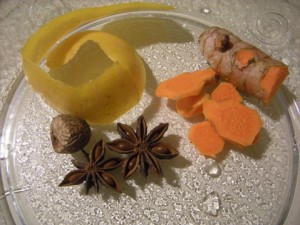
FRANCE 24 report:
French scientist Eric Seralini says research shows Roundup herbicide is highly toxic to human beings.
‘Superweed’ explosion threatens Monsanto heartlands
Sunday 19 April 2009
By Clea CAULCUTT
“Superweeds” are plaguing high-tech Monsanto crops in southern US states, driving farmers to use more herbicides, return to conventional crops or even abandon their farms
The gospel of high-tech genetically modified (GM) crops is not sounding quite so sweet in the land of the converted. A new pest, the evil pigweed, is hitting headlines and chomping its way across Sun Belt states, threatening to transform cotton and soybean plots into weed battlefields.
In late 2004, “superweeds” that resisted Monsanto’s iconic “Roundup” herbicide, popped up in GM crops in the county of Macon, Georgia. Monsanto, the US multinational biotech corporation, is the world’s leading producer of Roundup, as well as genetically engineered seeds. Company figures show that nine out of 10 US farmers produce Roundup Ready seeds for their soybean crops.
Superweeds have since alarmingly appeared in other parts of Georgia, as well as South Carolina, North Carolina, Arkansas, Tennessee, Kentucky and Missouri, according to media reports. Roundup contains the active ingredient glyphosate, which is the most used herbicide in the USA. (read more here)








